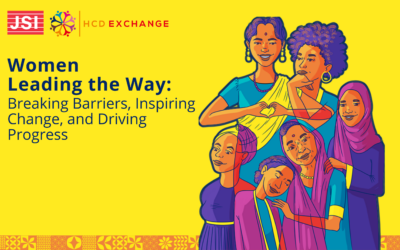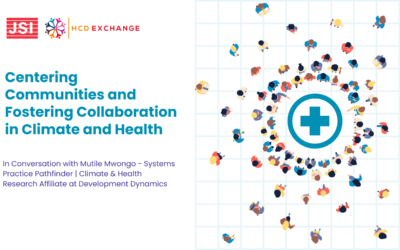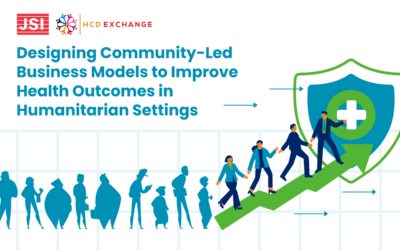Belindar Kwamboka: What can organizations do to make the environment conducive for young people to flourish?
Pass the mantle forward! Organizations can be intentional with sustaining youth engagement beyond a single initiative by mainstreaming youth engagement within their organizational strategies and theories of change. This will ensure young people receive comprehensive training and skills that position them as equal leaders who can oversee initiatives successfully. Most times, young people are brought in to exert influence and shape agendas for diverse initiatives, but they are phased out when organizations transition into new objectives. It’s some type of one-sided partnership where young people are brought in only when it’s deemed appropriate. In other instances, young people are phased out of any involvement with organizations when they hit the non-youth age band. These young people are forced to go back to the drawing board with little real-world experience to lead change initiatives. I think that this model does not sustain a long-lasting impact. Seeing that a common understanding across the field is that young people are the leaders of tomorrow, it’s our collective responsibility to ensure that young people get opportunities to work on actual initiatives across the implementation process to prepare them for leading interventions in the future.
It’s no secret that funders play a central role in shaping how organizations work with young people. While the majority of funders do not work directly with young people, they fund organizations that do. Funders can invest in organizations that collaborate with young people to co-design gold standards for initiatives that enable them to shape lasting change. For example, Fondation Botnar worked with young people to successfully shape their universal digital health coverage agenda. If all funders mainstream the youth agenda into their funding initiatives, organizations will be compelled to ensure that young people’s ideas influence strategic decisions and grassroots actions. Clear systemic structures can close the gap where young people are often included in proposal development but excluded from implementation. By enforcing end-to-end engagement, funders can guarantee that young people remain actively involved from the proposal stage to execution, driving more effective and sustainable change.
Lilian Ngina: As a young person, what does an ideal mentor look like for you?
At the core of mentorship lies the mentor’s deep knowledge and vast experience in their field. This expertise is not only about the accumulation of facts and skills but also about the wisdom garnered from years of practice, successes, and failures. An ideal mentor willingly shares this wealth of knowledge, offering insights that textbooks and formal education often cannot provide.
To me, an ideal mentor not only believes in your abilities but also puts you in situations that challenge you and opportunities to test those abilities by actively involving you in activities that are of interest to you. He/she recognizes that your knowledge is limited due to your experience level and, therefore, helps you explore and navigate new avenues and fields that might be very useful.
An ideal mentor does not impose their journey and experiences but shares and molds them, allowing mentees to draw from these insights to carve out their own path. They give mentees the freedom to choose, helping them develop critical thinking skills and learn from their mistakes. By acknowledging both achievements and failures and offering constructive feedback, an ideal mentor lays the foundation for personal and professional success.
Gabriel Mutua: What kind of support do you expect from other young people or your peers in helping you grow?
One word – connection! I’m more interested in forging bonds with those who share my passion for collective impact and learning. The digital age has made it easier than ever to connect with like-minded people in real-time. My journey in adolescent and youth development has been significantly shaped by the support and knowledge shared within peer communities. I’ve evolved from a novice to a professional proficient in program design and implementation, thanks to the invaluable mentorship I received during my time at UNFPA.
Inspired by this experience, I’m committed to fostering a similar supportive environment. As a Programs Analyst at HCDExchange, I’m eager to share my knowledge and expertise through our X-change platform. This platform will not only create a space where we can learn from each other but also provide an opportunity for a mutual mentor-mentee relationship.
This article has been written by HCDExchange’s Belindar Kwamboka, Lilian Ngina and Gabriel Mutua, edited by Rimjhim Surana and Muthoni Wachira




